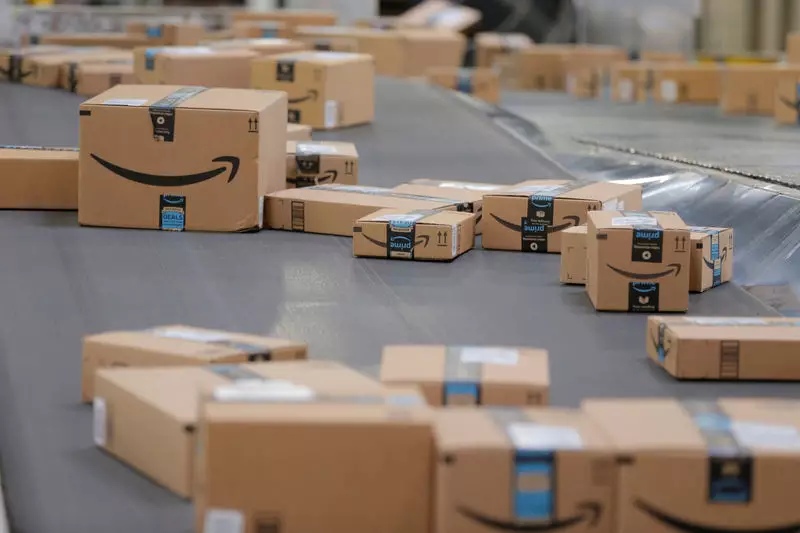Amazon, a leading e-commerce and cloud computing company, is known for its competitive compensation packages and innovative work culture. The company offers attractive salaries, comprehensive health benefits, and stock options to its employees. Former Amazon executive John Rossman emphasizes in his book the performance-based bonuses and stock awards that contribute to the overall compensation package. This focus on innovation and customer obsession creates a dynamic work environment that fosters rapid skill development and career growth for employees.
Despite the benefits, working at Amazon comes with its share of challenges. High levels of stress and burnout are common complaints among former employees. A detailed New York Times article from 2015 highlighted the relentless pace and long hours at Amazon, with some employees struggling to maintain a healthy work-life balance. The company's rigorous performance review system, as described by former top recruiter Susan Harker, puts immense pressure on employees to constantly deliver results. This intense work culture is particularly evident in Amazon's fulfillment centers, where employees face physical and mental strain due to long shifts and strict productivity targets.
During the 19th Annual Needham Technology and Media Conference, ex-employees of Amazon shared their perspectives on the company's work culture with analysts. The top takeaways from these discussions shed light on the internal dynamics at Amazon. The “debate and commit” culture at Amazon encourages employees to express their views and engage in robust discussions, but once a decision is made, full commitment is expected from everyone. However, the requirement for written documentation for every initiative and the prevalent culture of hard work often lead to burnout among employees.
Amazon's commitment to data-driven decision-making is evident in its 16 leadership principles, which influence every aspect of the company's operations. All arguments, whether written or oral, must be supported by data, highlighting the importance of making informed choices. The company's compensation structure has evolved over the years, with a significant portion of total compensation now coming from salary and restricted stock units (RSUs) that vest over four years. This approach creates “golden handcuffs” for full-time employees, making it challenging for them to leave the company after four years of service.
Amazon promotes a “Day 1” mentality that prioritizes innovation and risk-taking. The company hires versatile employees and rotates them across different roles every two years to keep ideas fresh and innovative. This approach, combined with a high-risk, high-reward business development strategy, reflects Jeff Bezos' vision for the company. Despite the high-pressure environment, Amazon employees are known for their intelligence, energy, and competitiveness, making them stand out compared to their peers at other companies.
Working at Amazon offers a mix of benefits and challenges for employees. While the company's competitive compensation packages and focus on innovation create opportunities for growth and development, the intense work culture and high-pressure environment can lead to stress and burnout. By fostering a culture of data-driven decision-making, innovation, and risk-taking, Amazon continues to push the boundaries of e-commerce and cloud computing while also facing scrutiny for its treatment of employees. As the company evolves, it will be crucial to balance innovation and employee well-being to maintain a sustainable and thriving work culture.

